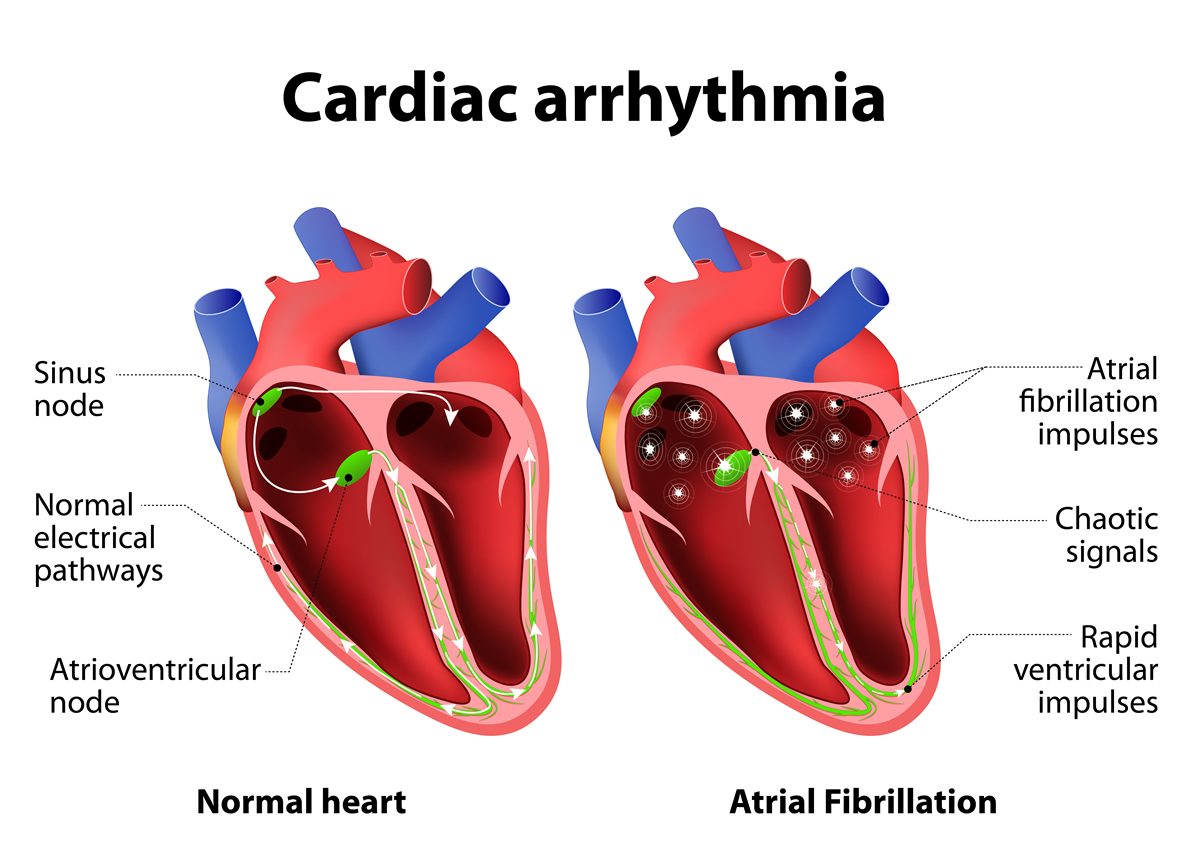The coronary arteries, which begin in the vein and flow outside the heart, supply blood to the heart muscle. The right coronary artery supplies blood to the lower (inferior) part of the left ventricle as well as the right ventricle of the heart. The brachiocephalic artery provides the left ventricle’s back, whereas the left anterior descending coronary artery supplies most of the left ventricle.
A heart specialist doctor in Chennai describes the clots that block the regular blood flow as they block the veins that carry blood to the heart. That ultimately results in a heart attack.
Do you understand the various forms of heart disease?
- Coronary artery diseases
- Inconsistent heartbeats
- Heart disease
- Heart-regulating illness
- A congenital heart condition
- Heart muscle conditions
- Cardiovascular disease
The causes of heart conditions are as follows:
- Hypertension.
- Vitamin B deficiency
- Heart issues can also result from being overweight or obese.
- The development of blood clots, also known as thrombosis
- Blood vessels become harder.
- Living an inactive lifestyle
Change your way of living by:
1) Initially, cardiologists in Chennai recommended giving up on smoking. One of the significant risks of getting heart disease is smoking. The risk of sudden cardiac death is doubled by smoking. However, the health benefits of quitting smoking are noticeable quickly about two years after leaving, the risk of heart attack falls to that of a non-smoker.
2)Observe your weight. Limit animal and other saturated fats and have balanced meals. Boost your fruit and vegetable intake. Eat less beef, pig, and lamb and more fish and poultry. Use margarine or cooking oils with the designation “rich in polyunsaturated,” such as corn oil and sunflower oil. Cut back on your overall fat intake.
3)Exercise frequently. The good news is that you don’t need to be an Ironman or triathlete to reap significant health advantages. There is mounting evidence that even three daily sessions of 10 minutes of exercise can lower your risk of heart attack and stroke.
Diet for heart health
- Grains: Consuming whole grain, low-fat bread, and cereals rich in fiber and vitamin B will lower cholesterol levels.
- Fruits and vegetables: Increasing fruit and vegetable portions while maintaining a diet low in calories, sodium, cholesterol, and fat will raise HDL levels, a beneficial form of cholesterol.
- Consume nutritious protein-rich foods, including lean meat, fish, lentils, nuts, and eggs.
- Omega 3 fatty acids: Include more omega-3-rich foods like salmon, tuna, mackerel, sardines, walnuts, flaxseed, pumpkin seeds, and green leafy vegetables to lower blood lipid levels, blood pressure, and blood viscosity.






Recent Comments